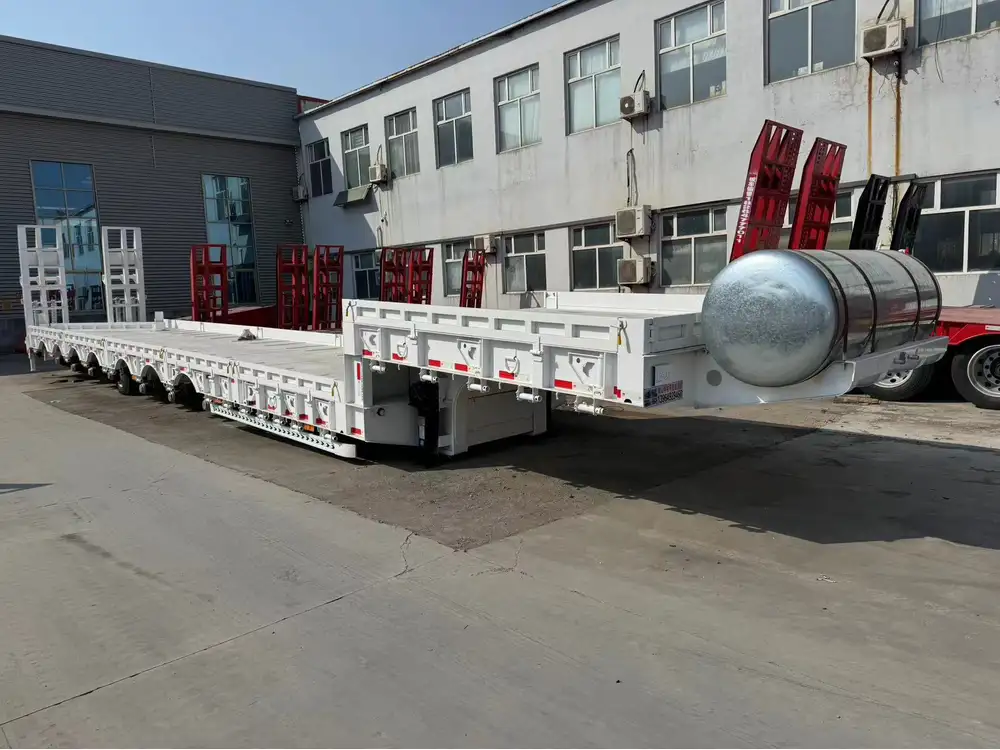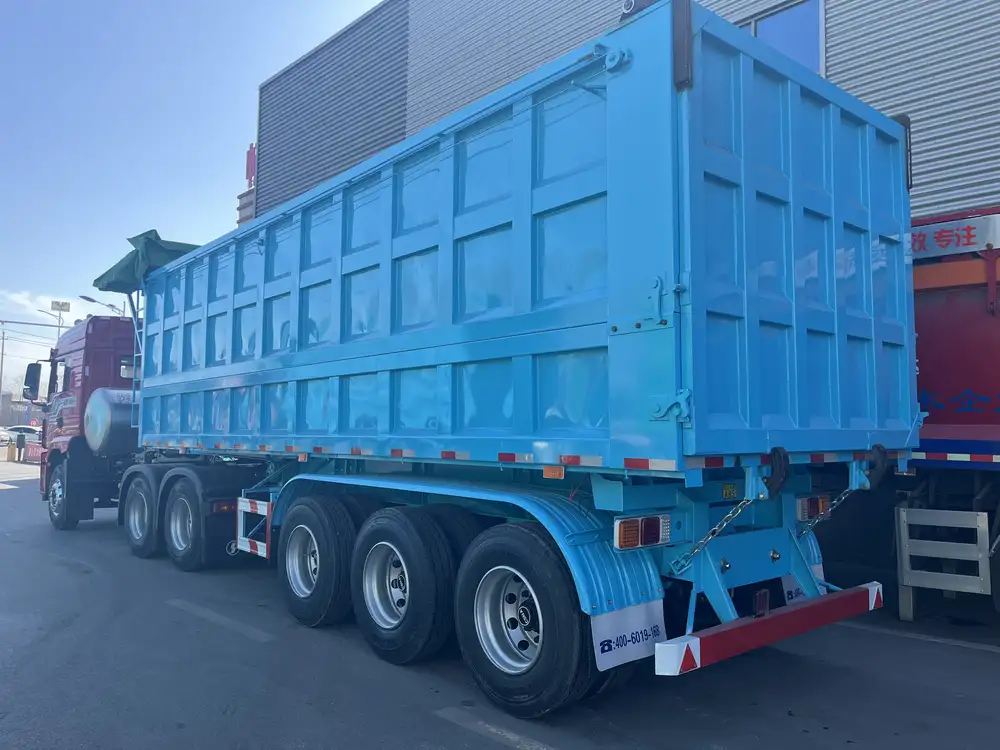Securing a fresh water tank under a trailer is crucial for ensuring that your water supply remains stable and protected during transit. Whether for recreational vehicles (RVs), utility trailers, or commercial haulers, a well-secured water tank can prevent leaks, enhance safety, and maintain optimal performance. This guide provides detailed methods and considerations for effectively securing your fresh water tank.
Understanding the Importance of Proper Water Tank Securing
The fresh water tank is a vital component for any trailer, facilitating hydration, hygiene, and convenience. Improper securing of the tank can lead to damage or leaks, which ultimately result in costly repairs and potential safety hazards. The following sections will help you understand how to properly secure a water tank, including materials needed, steps to follow, and troubleshooting common issues.
Key Benefits of Securing Your Fresh Water Tank
- Safety: Prevents movement during transit that could lead to splashing or overflow.
- Durability: Minimizes wear and tear on the tank, prolonging its lifespan.
- Convenience: Ensures easy access and maintenance without undue hassle.
- Cost-Effectiveness: Avoids the costs associated with water loss or tank replacement.

Materials You Will Need
Before you start, gather the necessary materials and tools to facilitate the securing process:
| Material | Purpose |
|---|---|
| Fresh Water Tank | The main component to be secured |
| Tank Straps | To secure the tank tightly |
| Mounting Brackets | For reinforced anchoring |
| Polyurethane Foam Pads | To cushion and protect the tank |
| Coated Steel Bolts | For durability and strength |
| Wrenches | For tightening bolts and screws |
| Tape Measure | For accurate measurements |
| Drill | For creating pilot holes if necessary |
| Level | To ensure the tank sits evenly |
Choosing the Right Fresh Water Tank
When selecting a fresh water tank, consider factors such as size, material, and intended use. Some options include:
- Polyethylene Tanks: Lightweight and resistant to various chemicals.
- Stainless Steel Tanks: More durable; good for heavier applications.
- Bladder Tanks: Flexible and can fit irregular spaces.
Steps to Secure Your Fresh Water Tank

Step 1: Prepare the Installation Area
Choose the Location: Identify where the tank will be mounted. Underneath the trailer is common. Make sure this area is accessible for maintenance.
Inspect the Area: Ensure the mounting area is clean and free from debris or rust, which could affect the securing process.
Step 2: Measure and Mark
- Take Accurate Measurements: Using a tape measure, note the dimensions of the tank.
- Mark the Position: Lightly mark the areas on the trailer where the tank and mounting brackets will be installed.
Step 3: Create an Installation Base
If your trailer does not have an existing framework:
- Install a Support Frame: Use treated lumber or metal supports to create a base for the tank.
- Level the Frame: Use a level to ensure the surface is straight and won’t shift during transit.

Step 4: Install Mounting Brackets
- Position the Brackets: Attach mounting brackets to the trailer frame, ensuring they’re evenly distributed for balanced weight support.
- Secure Using Bolts: Drill holes if necessary and secure the brackets with coated steel bolts.
Step 5: Prepare the Fresh Water Tank
- Clean the Tank: Make sure the tank is clean before installation to reduce the risk of contamination.
- Position the Tank: Set the tank onto the support frame or within the brackets.
Step 6: Secure the Tank
Wrap With Tank Straps: Use strong tank straps to secure the tank from movement. Ensure they are snug but not too tight to avoid damage.
Cushioning: Place polyurethane foam pads between the tank and the trailer structure for shock absorption.
Double-Check: Ensure that the tank is secure and does not wobble. Adjust the straps if necessary.

Step 7: Final Adjustments
- Inspect Everything: Before using the trailer, double-check the tautness of the straps and all mounted brackets.
- Conduct a Water Leak Test: Fill the tank and check for any leaks at the connections with plumbing fittings or around the tank body.
Troubleshooting Common Issues
Resolving potential issues early is crucial for maintaining a secure setup. Here are some common problems and their solutions:
| Issue | Solution |
|---|---|
| Tank Shifts During Transit | Check the tightness of the straps; adjust if loose. Consider additional supports. |
| Water Leaks | Inspect seals and connections; replace or tighten as necessary. |
| Noise During Transit | Consider adding more padding or utilizing sound-dampening materials. |
| Corrosion Around Mounts | Regularly check for rust; apply protective coating or replace with stainless steel components. |
Best Practices for Maintenance
Maintaining your fresh water tank and its securing system can prevent future problems:
- Routine Inspections: Regularly check tanks, straps, and brackets for signs of wear or corrosion.
- Cleanliness: Periodically clean the tank both inside and outside to avoid algae growth or other contaminants.
- Fluid Check: Monitor the tank’s fresh water levels, and drain completely when storing for extended periods.

Conclusion
Securing a fresh water tank under a trailer is paramount to protecting valuable resources and ensuring seamless operation. By adhering to the outlined steps, utilizing the right materials, and fostering a routine of maintenance, trailer owners can ensure optimal functionality and safety during transit. Whether for personal, recreational, or commercial use, securing your fresh water tank effectively safeguards access to clean water, enhancing overall efficiency and enjoyment.
Your Next Steps
As you embark on the journey of securing your fresh water tank, consider several follow-up actions:
- Review Local Regulations: Check any legal requirements or standards concerning water systems in your region.
- Explore Customization Options: Look into tank options that cater to specific needs (e.g., heating capabilities, lightweight materials).
- Invest in Monitoring Technology: Consider incorporating pressure sensors or water level monitors for proactive management.
By following these guidelines, you’ll not only ensure the safety and security of your water tank but also enhance your trailer’s overall performance, making your travels smoother and more enjoyable.



